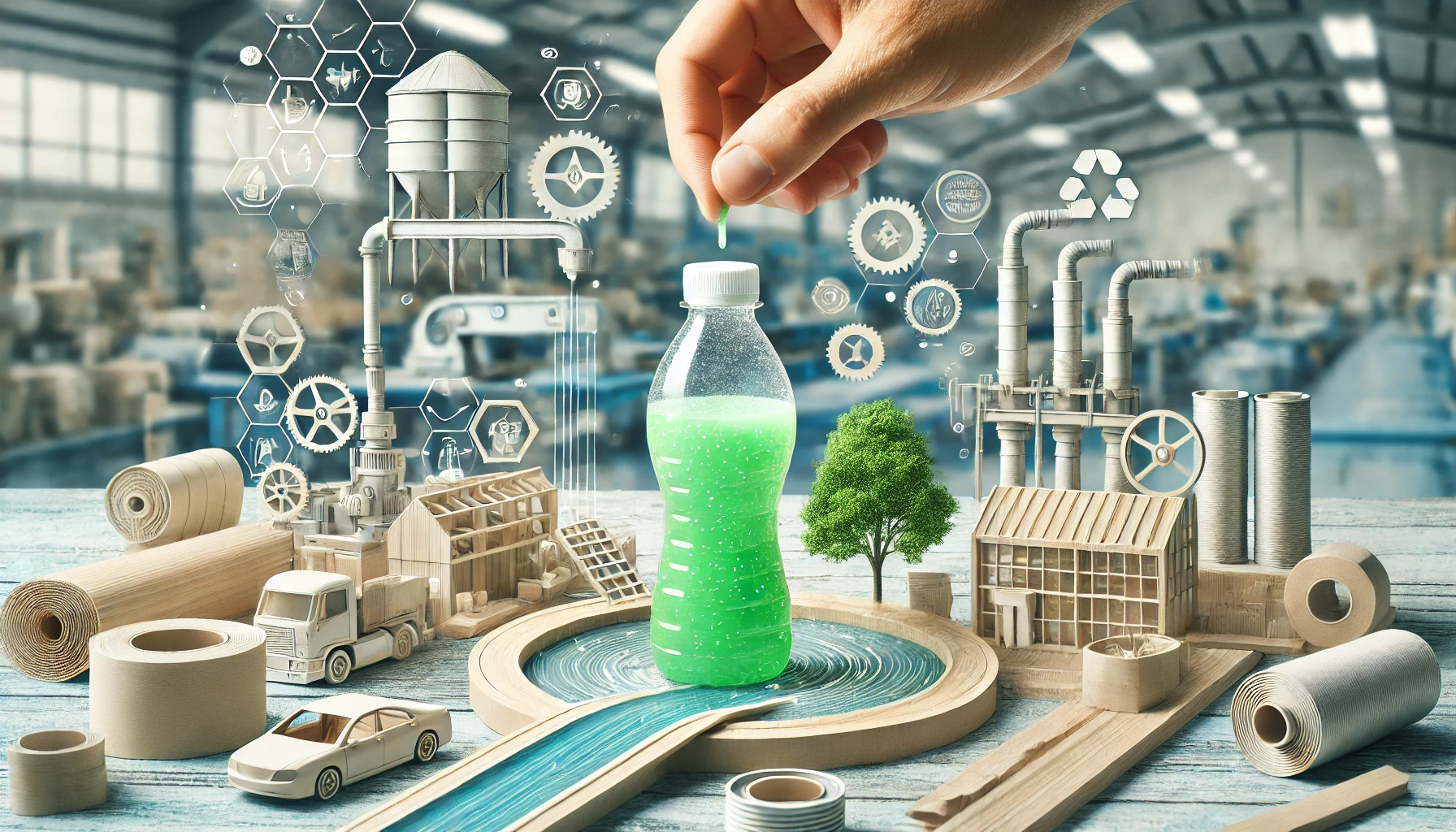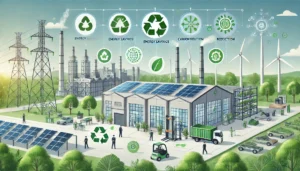The use of eco-friendly adhesives is becoming increasingly popular as industries seek to minimize pollution. Despite their base composition being developed from resources like water, soya, or corn, they compete with their contemporaries in regards to performance. While the entire industry is gradually developing effective ‘green’ alternatives, eco-friendly adhesives are touted as the future of industrial adhesives.
Bio-based adhesives include materials that are derived from renewable resources such as starch, cellulose, and vegetable oils. These are commercial items that are used in everyday packaging, woodworking, and even textiles. Plant based adhesives are not only biodegradable but also help reduce pollution. There are also disposable eco-friendly adhesives that work well with recyclable packaging and paper bags. They are designed to dissolve in water or soil, thus having a reduced footprint.
Recyclable adhesives are another major innovation where the need to join materials such as glass, aluminum, and steel exists, but their separation during recycling is a prerequisite. Also, these are non-water harmful substances, so water-based adhesives are much safer to apply and eco-friendly. They find their applications in the packaging, textiles, and furniture industries.
Benefits of Eco-Friendly Adhesives
As the name implies, the eco-friendly adhesives provide great benefits in many forms which include bearing minimal impact on the environment. One of the reasons these adhesives are much more suitable is that they are made using renewable resources and biodegradable materials, which can help in reducing pollution significantly. They are also safer by eliminating a wide range of toxic chemicals that pose great health risks to employees and consumers. Nowadays, it has become crucial that businesses treat eco-friendly adhesives as a necessity instead of optional.
Businesses that make use of these adhesives gain positive publicity by conforming to environmental regulations and avoiding penalties.
Such adhesives surely make positive impacts on the corporate image and strengthen the position of the firm in the eyes of eco-friendly consumers. To achieve their corporate sustainability goals and play their part in preserving the environment, these businesses have started applying new strategies and goals, which includes these adhesives.
Barriers Faced in Adoption
Although sustainable adhesives are backed with many advantages, their adoption is still faced with challenges. Often the performance of eco-friendly options does not compare with non-renewable adhesives, particularly in matters of strength, temperature, or chemical resistance. In some instances, due to the availability of specialized raw materials, the production costs increase making sustainable adhesive production more expensive. Further, some regions might have limited options for such materials making it harder for industries to completely shift to eco-friendly options.
Innovations and Future Directions
The Innovative efforts in science and technology is helping to create a new generation of sustainable adhesives which overcome all limitations. Now scientists are able to create strong adhesives using bio-based raw materials that can either match or exceed the performance of regular adhesives. For instance, innovations in bio-polymer technology are at making adhesive bonds strong while increasing flexibility and high-temperature resistance. Moreover, waterborne polyurethane dispersions are in the process of being developed with renewable material to substitute non-renewable gem stains while still keeping minimal environmental damage.
Furthermore, other advancements in technology have included developing glue that is highly recyclable and reusable to separate bonded materials for future recycling with minimal waste. These developments not only support the circular economy model, but also aid in resource conservation by maximizing the usability of glue.
The Role of Eco-Friendly Adhesives in Sustainability
Adhesives that are eco-friendly are instrumental in mitigating industrial waste, enhancing recycling activities, and safeguarding the planet’s resources. They support global for environmental protection alongside adequate industrial productivity. The increased focus on sustainable packaging, energy-efficient building and safe consumer products has led to a much higher demand for eco-friendly adhesives.
Conclusion
The advances in eco-friendly adhesives have transformed the quest for industrial bonding solutions to more sustainable ones. While there may be concerns on performance, cost, and availability, innovative solutions to these adhered to challenges make for a fascinating area of exploration and investment. As businesses focus on sustainability, there is no doubt that green technology will be the foundation of manufacturing and construction processes leading to a sustainable eco-friendly world in the future.










